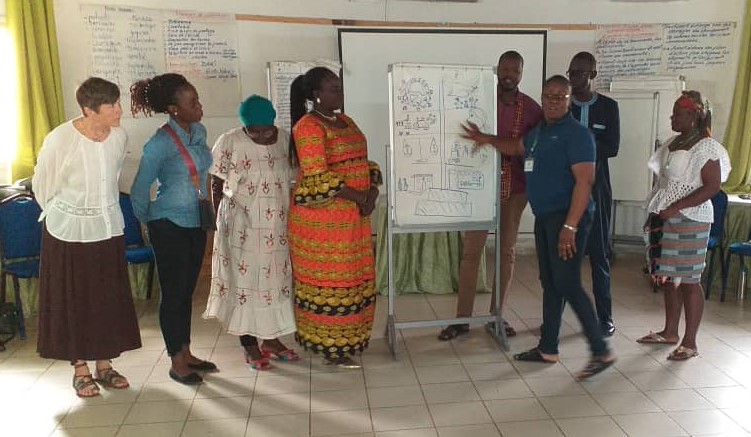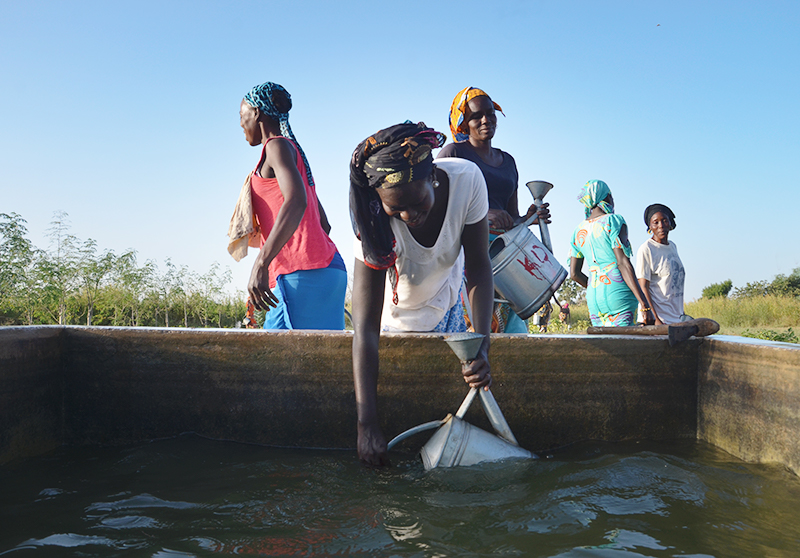What constitutes community well-being? At CREATE!, we believe that the community members themselves should define their own well-being. We provide training and support that enables rural villages in Senegal to take ownership of their self-development projects. While CREATE! establishes the programs, our partner communities continue to sustain and grow these projects, according to their own needs and motivations.
“It is important to know what constitutes personal and community well-being as defined by the populations themselves. We listen to them and conduct a process that leads to a consensus on what well-being means in their own community,” CREATE! Country Director, Omar Ndiaye Seck describes. “Interventions that are based on a project approach and focus on what is missing instead of the strengths and capacities of communities often may fail. Approaches to well-being, as defined by the people themselves, show that sustainable results are possible if we take into account how all individuals and challenges are related and influence each other.”
Seck attended an engaging 10-day workshop with Tostan on promoting community well-being. Tostan is an NGO that collaborates with rural communities throughout West Africa. Trainers from the Tostan Community Empowerment Program in rural Africa used a participatory and learning-centered approach to explore community-led development.

Seck, second from right, attends Tostan’s Community Well-Being training workshop.
Diving Deeper into Community Well-Being: New Ways of Measuring Impact
Tostan’s workshop dove deep into the topic of community well-being along with the theories, methodologies, and practices surrounding the subject. One of the topics focused on measuring impact. When it comes to collecting data on program impact, project-based approaches are easier to measure than those that focus on well-being. “[These] indicators are manageable data. For example, the number of women working outside the home. However, as those working in the sector have discovered, economic indicators do not explain everything,” Seck tells us.
The evaluation of well-being is complex but necessary, however. If organizations are to uplift community well-being, they need to recognize that issues are interconnected and use a measuring system to accommodate this. Seck explains, “Government agencies, non-governmental organizations and research institutes around the world are increasingly using indicators of well-being to measure the success of development interventions. These indicators monitor and evaluate the quality of life issues which not only concerns economic aspects but focuses on personal, social, educational, political, and environmental aspects.”
Applying What We Learned to Our Programs
After the workshop, Seck was inspired to bring new ideas to the CREATE! team. “The training allows us to improve our approach and methodology to better respond to the interconnected crises of the rural world,” he emphasized. Seck is currently working on how CREATE! can assist in developing Community Management Committees (CGC). Consisting of community members, the CGC will manage village activities and identify relevant issues, find solutions, and follow up on decisions. Seck is also interested in exploring literacy training programs and their impact on well-being.
At CREATE!, we are committed to continuously expanding our approach to best fit the needs of our partner communities so that we can contribute to creating a better and more sustainable future for all.


